Tanzania
All year round
14,750 sq km
27 'C
30mm
12 Year
A UNESCO World Heritage Site, Serengeti National Park is a premier global wildlife sanctuary. Its vast grasslands—the Maasai’s “endless plains”—spanning over 14,700 square kilometers, are famed for the Great Migration. Annually, millions of wildebeest and zebra traverse the savannas seeking fresh pasture and water.
Yet the Serengeti offers more than the migration. Golden plains feature lions stalking prey, elephant herds roaming, giraffes browsing acacias, and hippos in rivers. Varied landscapes, from savannas and rocky kopjes to woodlands, each sustain unique wildlife communities.
For centuries, the Maasai have lived alongside this ecosystem. Visitors can immerse themselves in their culture, gaining insight into this profound land connection.
Safari experiences range from hot-air balloon rides and jeep tours to guided walks, promising unforgettable encounters year-round.
The Serengeti is not only a natural wonder but also home to rich cultural traditions. The Maasai, with their iconic red attire, beadwork, and cattle-centered lifestyle, are the most well-known community living near the park. Other groups, including the Ikoma, Kurya, and Sukuma, add to the cultural diversity with distinct languages, spiritual practices, and storytelling traditions.
While permanent settlements are prohibited inside the park, cultural tourism opportunities are available in surrounding villages. Visitors can learn about Maasai herding practices, join in traditional dances, or explore local craft markets. These experiences provide a respectful way to understand how people have lived in harmony with the Serengeti for generations.
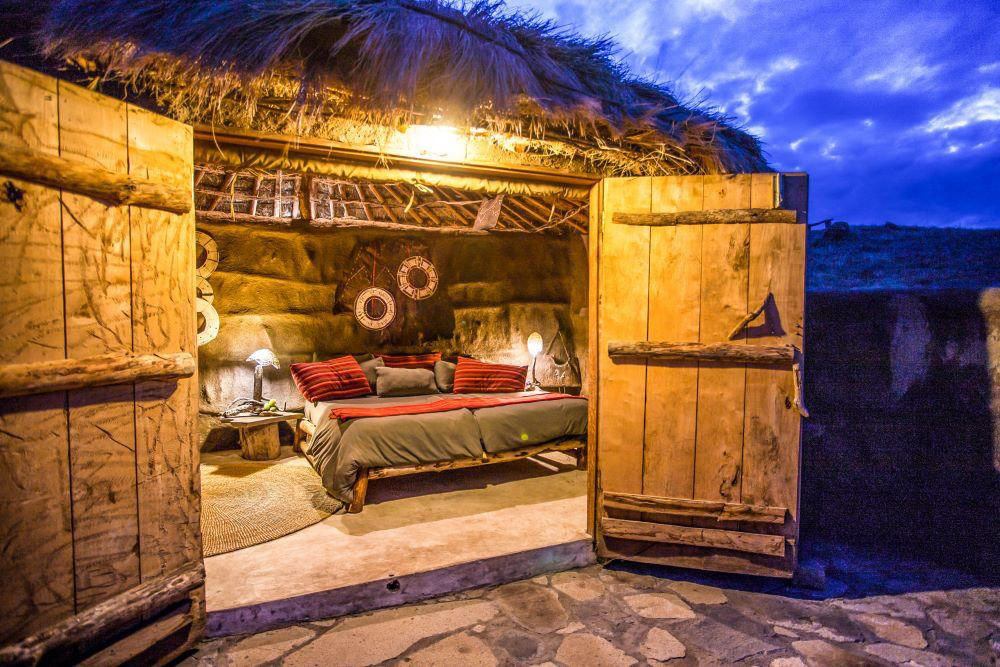
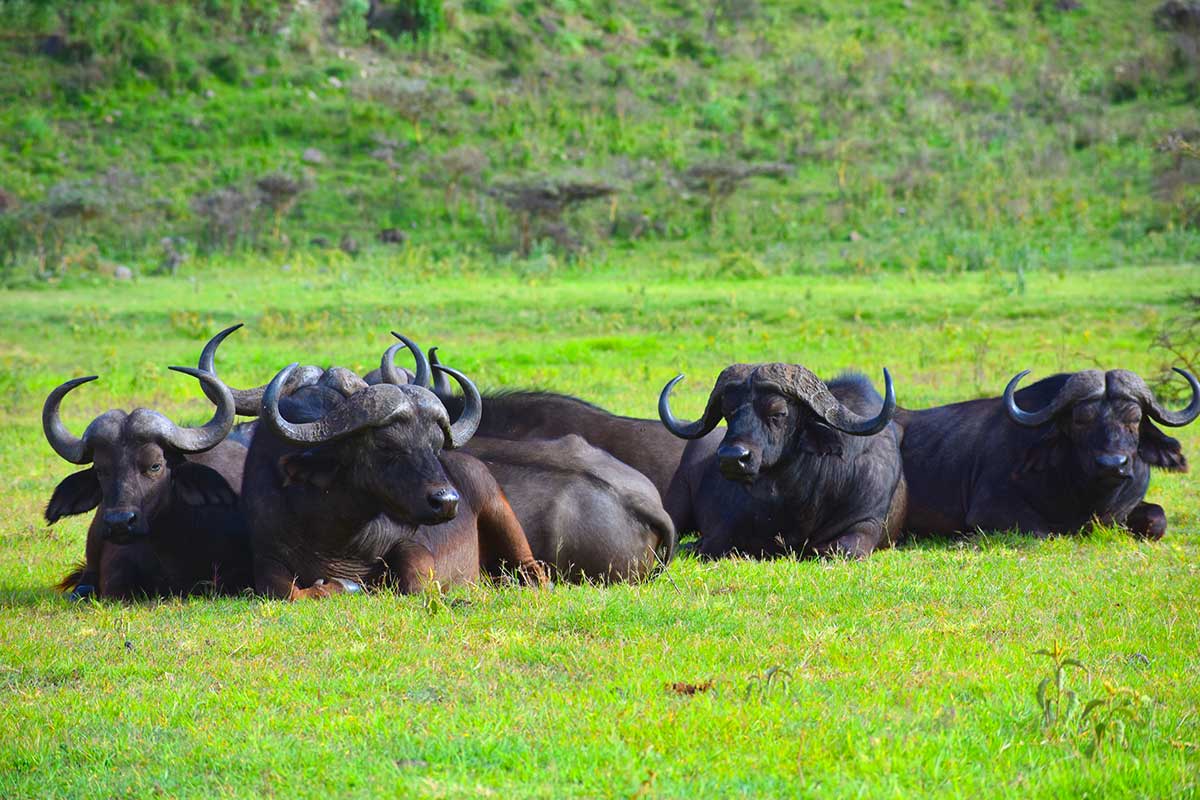
African Buffalo
Common
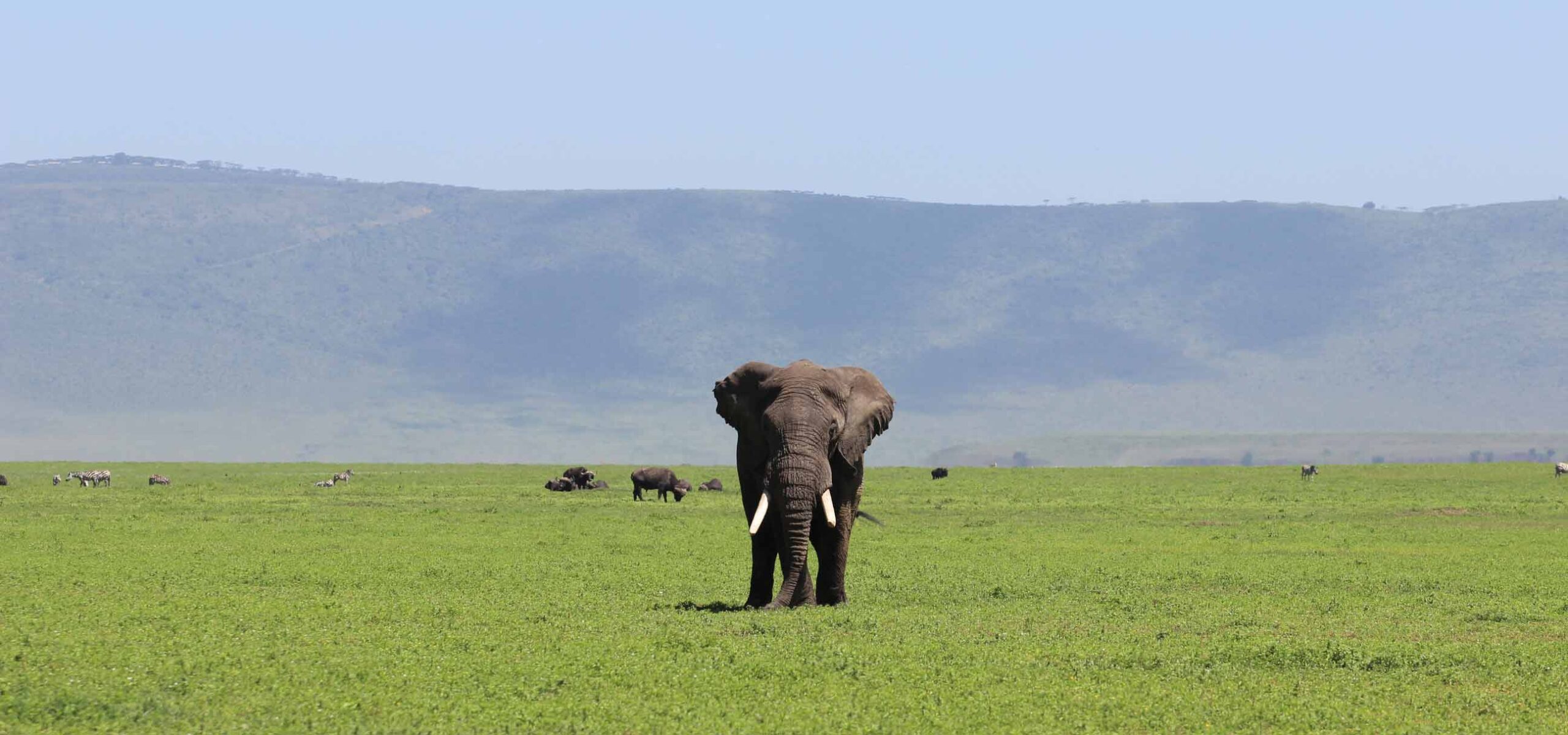
African Elephant
Common
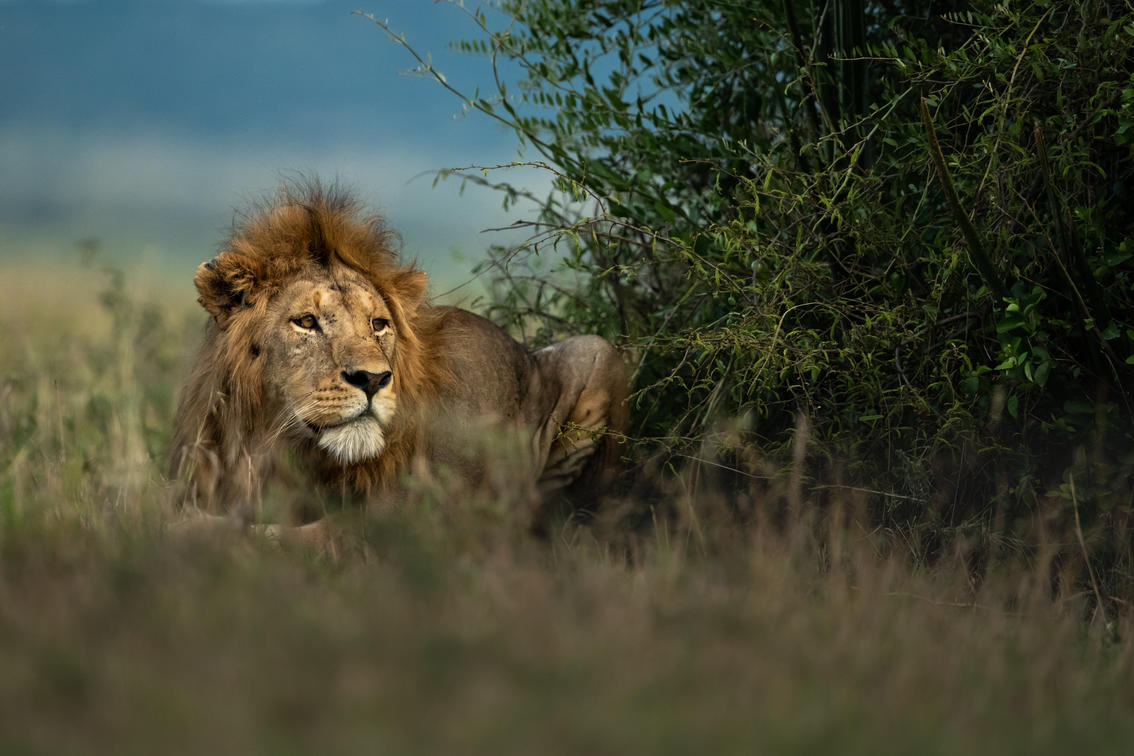
African Lion
Occasional
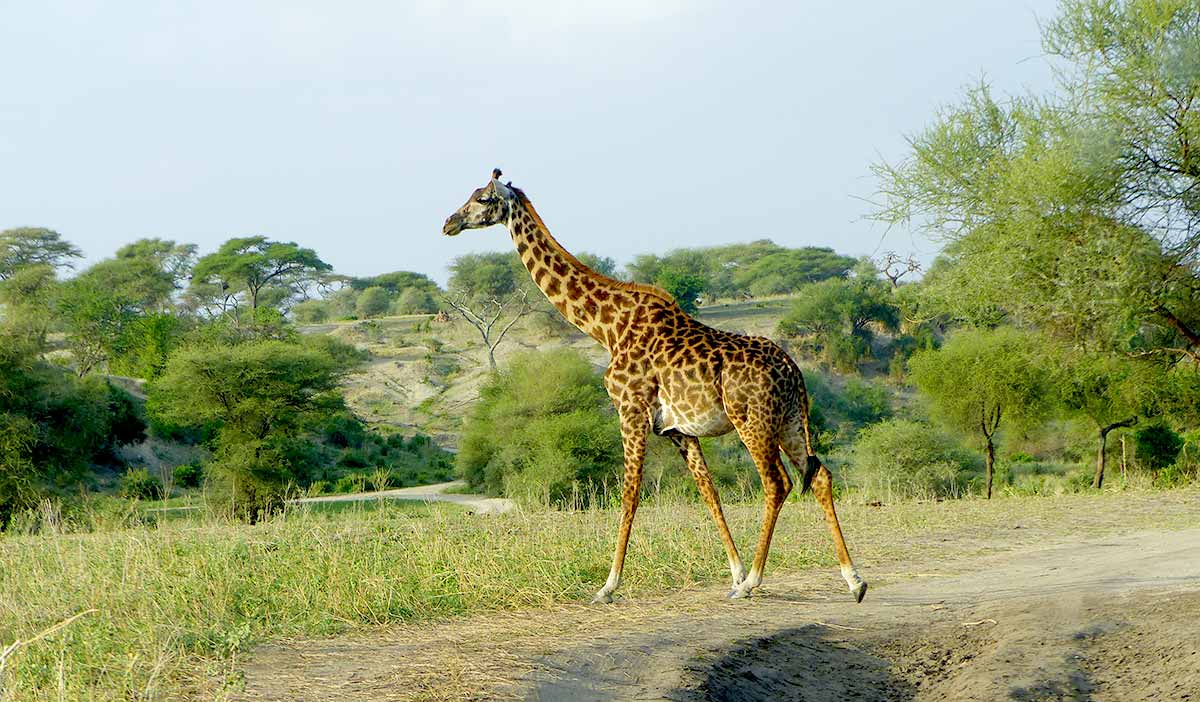
Giraffe
Common
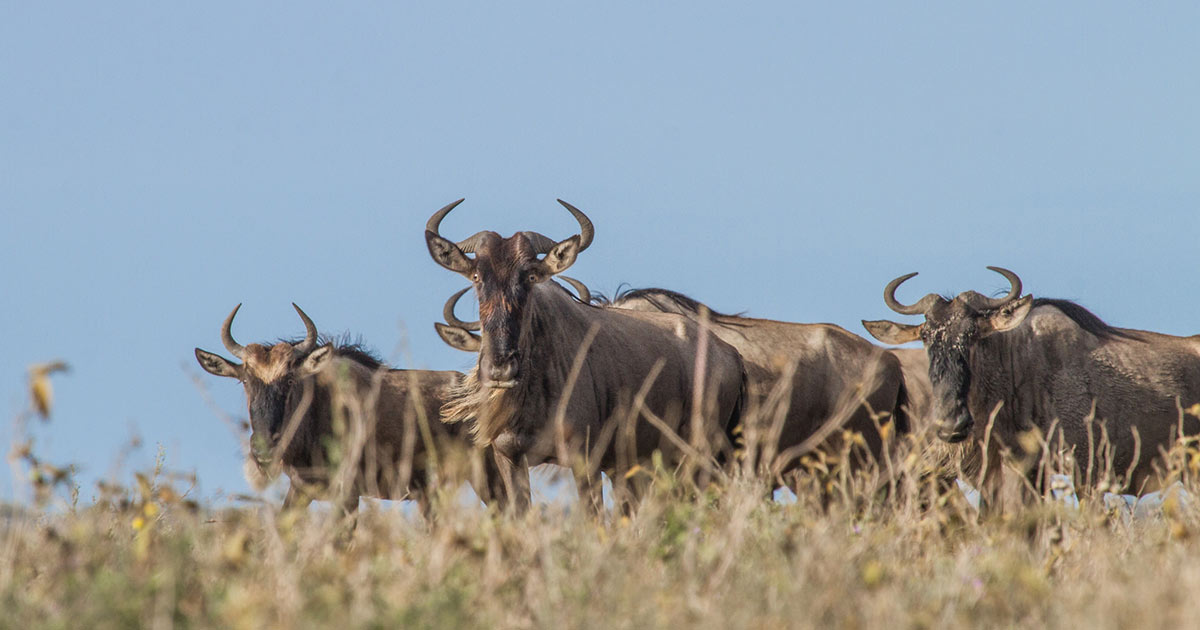
Wildebeest
Migratory
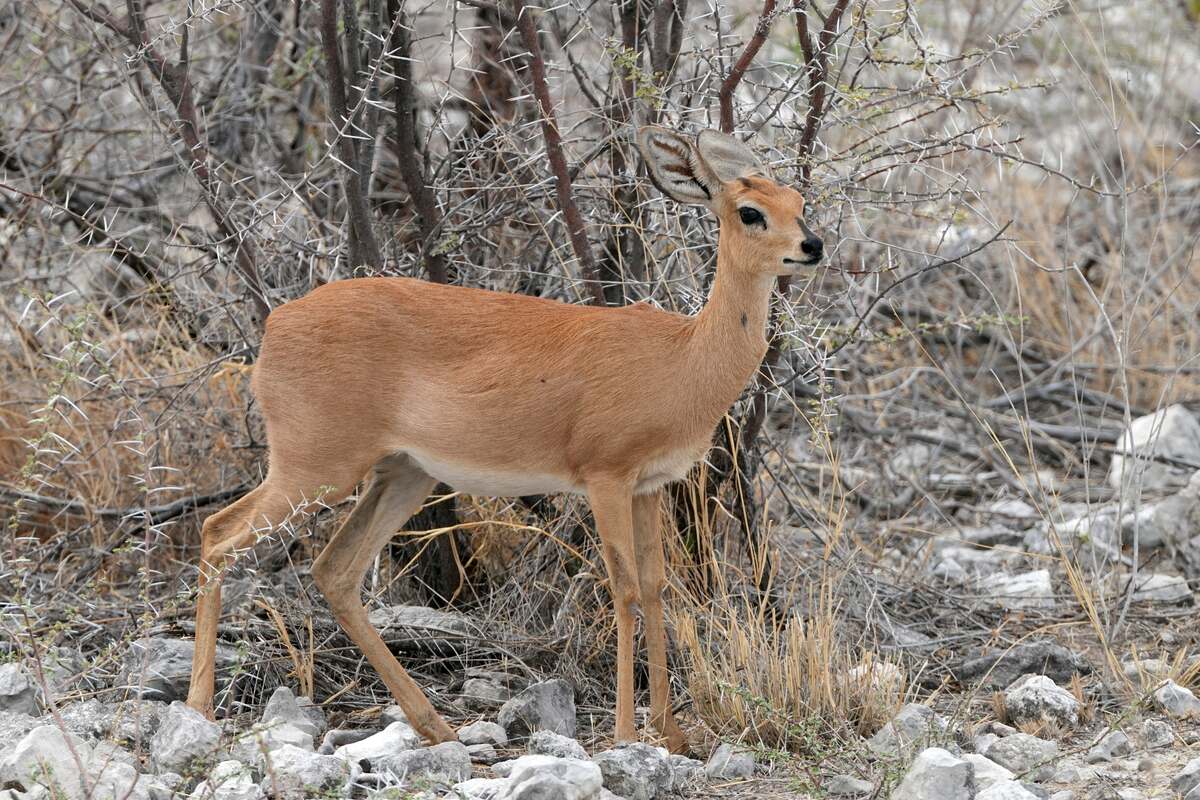
Dik-dik
Occasional
The Serengeti is world-famous for its incredible wildlife. Its most iconic spectacle is the Great Migration, a circular journey of over 1.5 million wildebeest, joined by zebras and gazelles, pursued by predators such as lions, cheetahs, and hyenas.
Other commonly seen animals include Lions, Elephants, Leopards, Buffalo, Rhinos, Giraffes, Hippos, Baboons, Dik-diks, and Gazelles & Impalas
Whether during a sunrise game drive or a river crossing encounter, the Serengeti delivers some of the most dramatic wildlife scenes on Earth.
The Serengeti is a paradise for birdwatchers, boasting over 500 recorded species. Its ecosystems—plains, wetlands, woodlands, and savannas—attract both resident and migratory birds.
Highlights include:
Ostrich (the world’s largest bird), Secretary bird, Kori bustard, Marabou stork, Crowned crane, Lilac-breasted roller, Vultures and eagles
During the wet season, migratory birds arrive in abundance, making this a prime time for birdwatching.
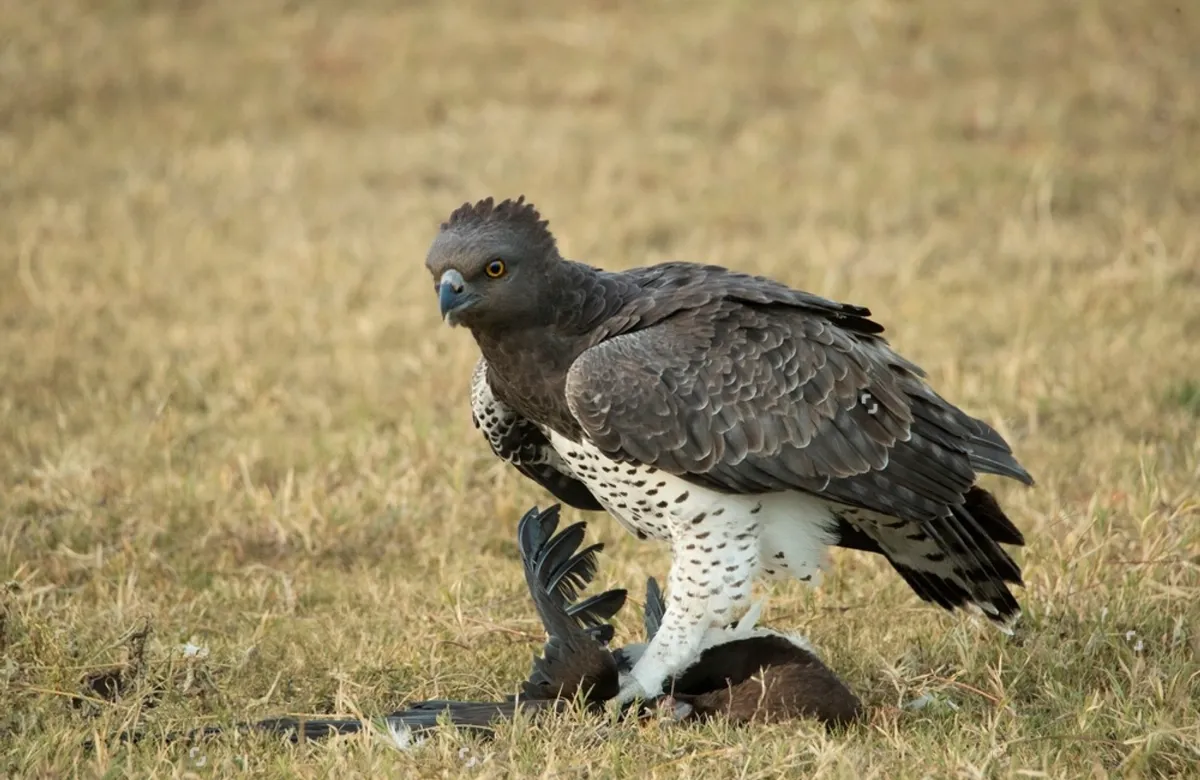
African Fish Eagle
Common
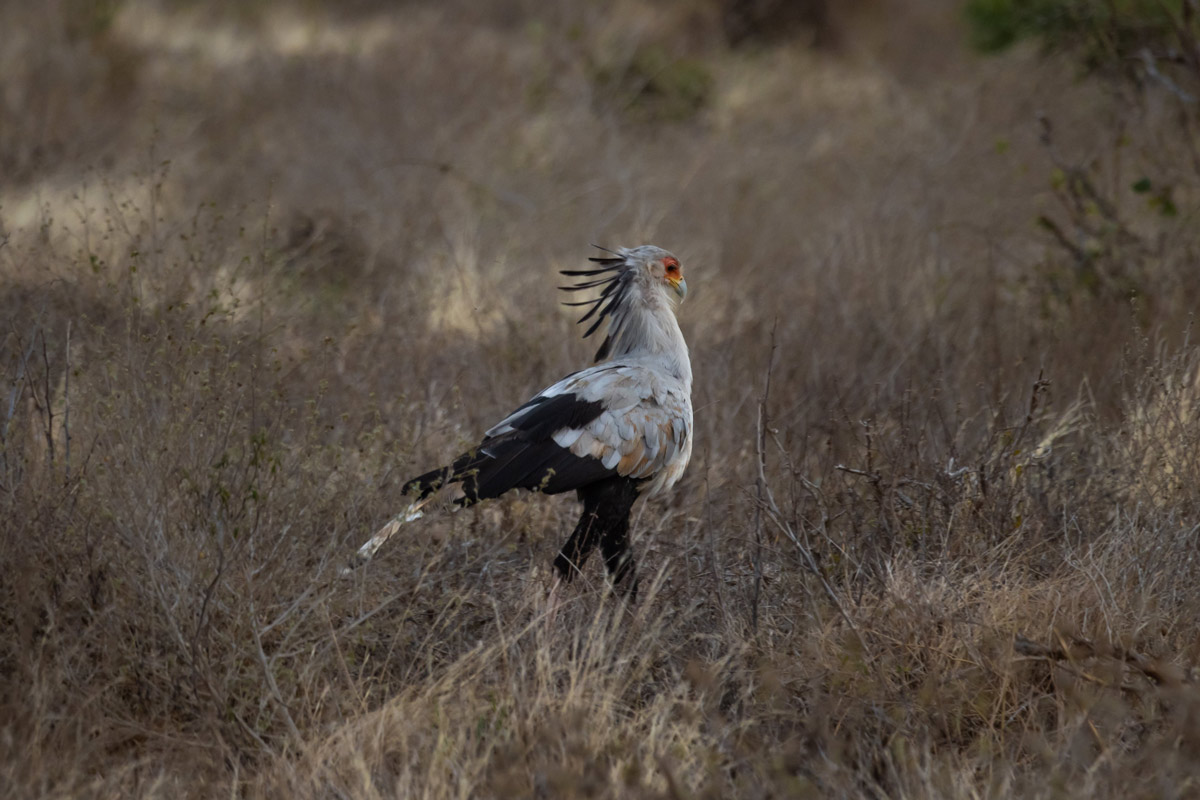
African Grey Hornbills
Occasional
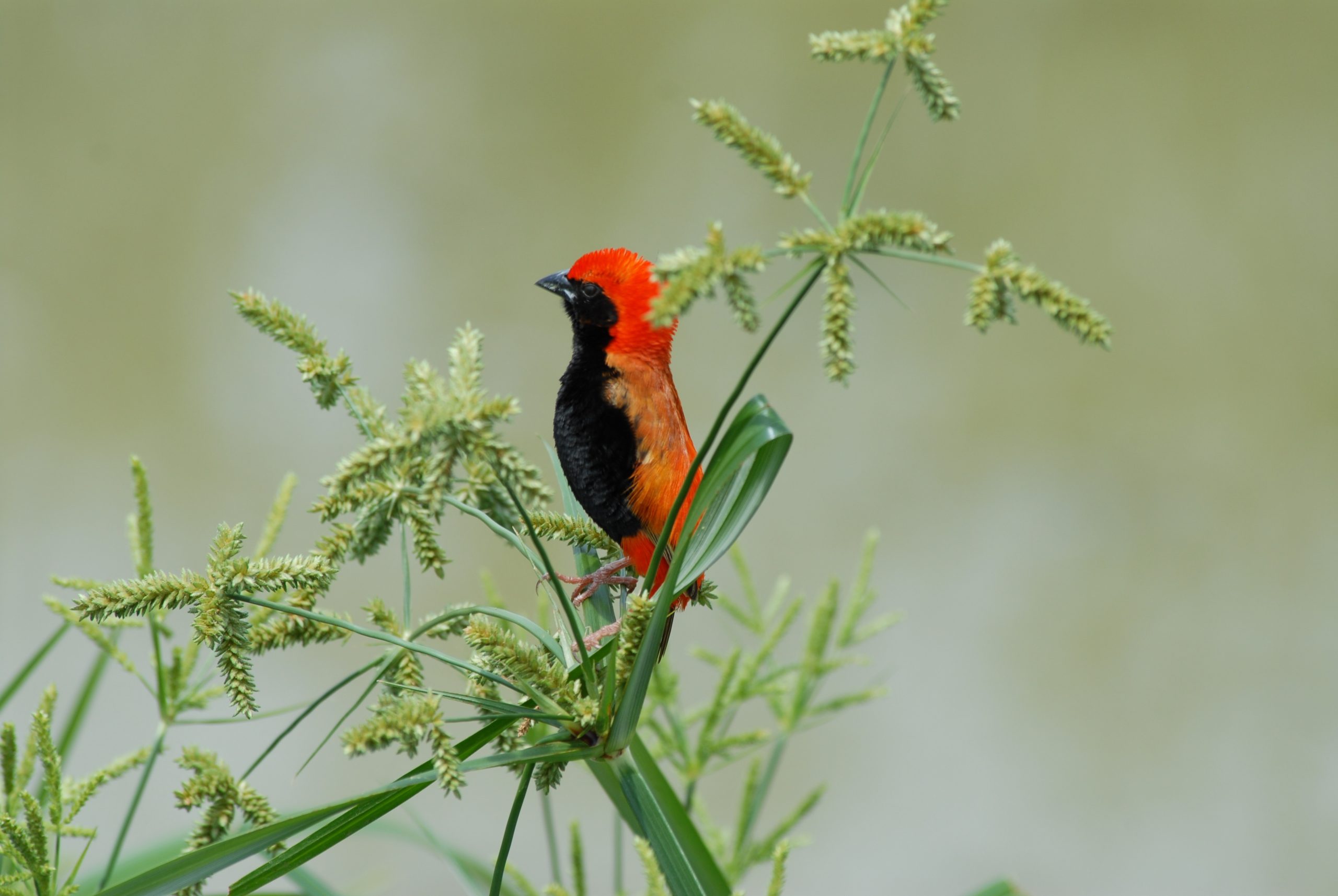
Bateleur
Common
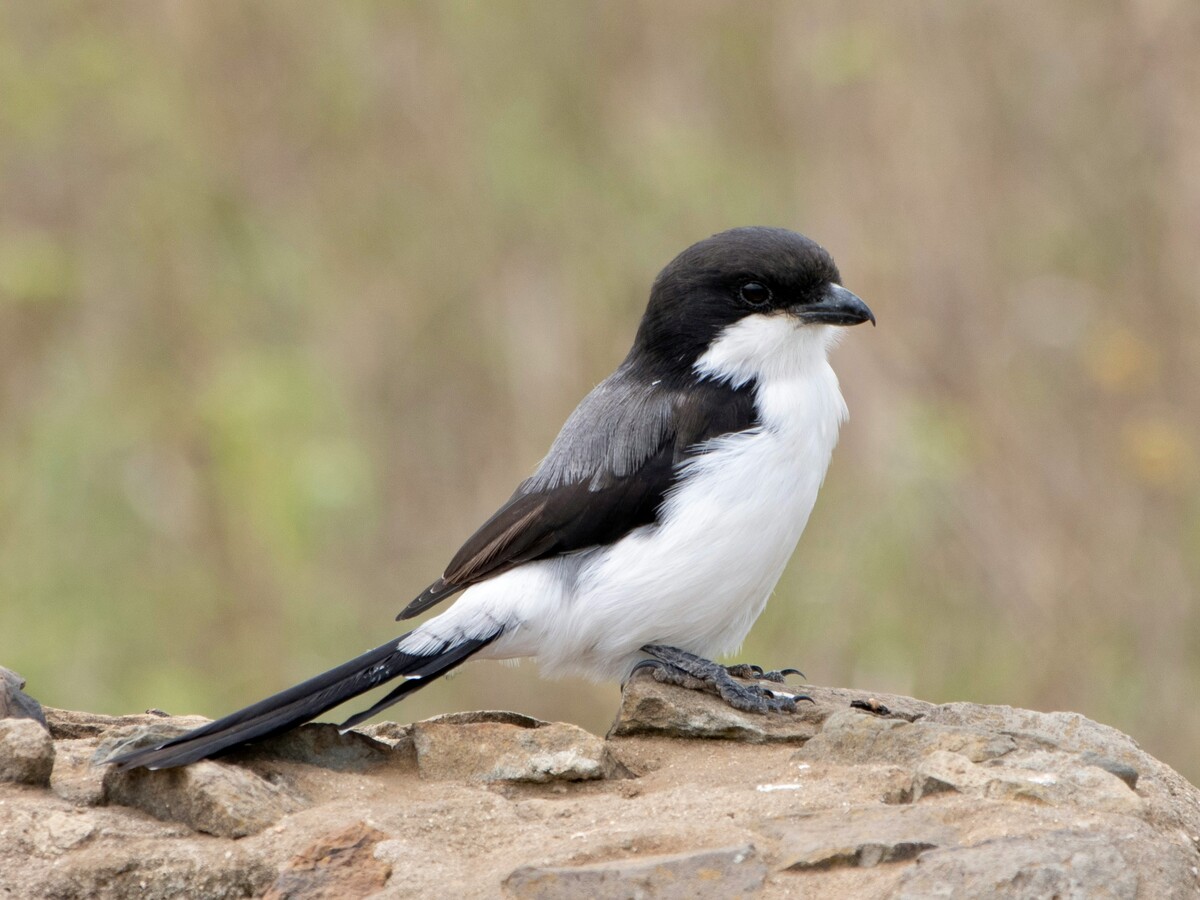
Common Fiscal
Common

Martial Eagle
Occasional

Yellow-billed Hornbill
Common
By Air
Fly to Kilimanjaro International Airport (JRO) or Dar es Salaam Airport (DAR) in Tanzania. From there, take a connecting flight to one of the Serengeti’s airstrips, like Seronera or Grumeti. Flights depart from Arusha and other major cities.
Take a chartered flight directly to one of the airstrips in the Serengeti. This is the quickest but most expensive option.
By Car
From Arusha, take a 5-hour drive west to the Naabi Hill entrance gate. This route passes through the Ngorongoro Conservation Area. A 4×4 vehicle is required.
From Mwanza, take a 7+ hour drive south via the Klein’s Gate entrance. A 4×4 vehicle is strongly recommended for this rough road.
Driving within the park requires a 4×4 vehicle. Be aware of wildlife crossing the roads.
Exploring the wildlife and attractions of this East African gem offers a once-in-a-lifetime experience filled with breathtaking landscapes, diverse ecosystems, and unforgettable encounters with nature.
No results available
The best time to visit the Serengeti largely depends on what you want to experience, particularly if you’re aiming to witness the world-famous Great Migration or enjoy excellent general wildlife viewing. The dry season, from June to October, is considered the best overall time for a safari. During these months, vegetation is sparse and animals gather around water sources, making them easier to spot.
It’s also the prime time to witness the dramatic Mara River crossings in the northern Serengeti, where herds of wildebeest and zebras brave crocodile-infested waters — one of nature’s most spectacular events.
The best time to visit the Serengeti varies by month, depending on what kind of experience you’re looking for — whether it’s the Great Migration, predator action, birdwatching, or fewer crowds. Here’s a breakdown of what to expect month by month:
This is one of the most dramatic times to visit the Serengeti. In January, the wildebeest herds arrive in the southern plains around Ndutu and the Ngorongoro Conservation Area. By February, the calving season is in full swing — around 500,000 calves are born within a few weeks. The abundance of vulnerable young animals attracts predators like lions, cheetahs, and hyenas, making it a thrilling time for wildlife viewing and photography. March remains active, although the long rains usually begin toward the end of the month.
April and May are the peak of the long rainy season. These months see fewer visitors, making it a great time for those seeking solitude and lush green landscapes. However, heavy rains can make roads muddy and challenging, and some lodges may close temporarily. Wildlife is still present, but game drives can be more difficult. It’s also a good time for birdwatching, as many migratory species are still in the area.
June marks the beginning of the dry season and is when the Great Migration begins to move northward from the southern plains to the western corridor. By July, large herds gather near the Grumeti River, where dramatic crossings begin — though less famous than the Mara River crossings, they still offer exciting predator-prey action. The weather is cool and dry, making it ideal for safaris.
These are arguably the best months to see the Mara River crossings in the northern Serengeti. Massive herds of wildebeest and zebras brave the crocodile-filled waters, creating one of the most thrilling wildlife spectacles in Africa. The weather remains dry and comfortable, and general wildlife viewing is excellent throughout the park.
In October, the migration begins to move south again, but many animals are still in the north. Game viewing is still strong, though the landscape is becoming drier. This month offers great viewing opportunities with slightly fewer tourists than the peak months.
The short rains begin in November, rejuvenating the plains and drawing the herds back south toward Ndutu. While rains are possible, they’re typically lighter and more scattered than in April–May. December sees the start of the green season — the scenery is vibrant, and the migration is again concentrated in the south, setting the stage for the upcoming calving season. This is also a good time for birdwatchers as migratory birds return.
JAN
FEB
MAR
APR
MAY
JUN
JUL
AUG
SEP
OCT
NOV
DEC
16°C
Min
24°C
Average
32°C
Max
59°F
Min
81°F
Average
90°F
Max
20 in
Min
33 in
Average
48 in
Max
The Serengeti experiences a tropical savanna climate, characterized by distinct wet and dry seasons. Daytime temperatures are consistently warm, averaging 25°C–30°C (77°F–86°F), while nights are cooler, typically 12°C–18°C (54°F–64°F), due to elevations ranging from 920 to 1,850 meters.
The long dry season (June–October) has minimal rainfall, often under 30mm monthly. Skies are clear, and relative humidity drops to 35-45%. The short dry period (January–February) is similarly arid.
Rainfall arrives in two phases: the “short rains” (November–December) with brief, sporadic showers totaling 100-150mm monthly, and the “long rains” (April–May) featuring more persistent, heavier downpours that can exceed 150mm monthly, raising humidity significantly to 70-80%. Annual precipitation averages 900-1000mm.
While the Serengeti is remarkably safe, wildlife poses the greatest risk. Predators such as lions and leopards, as well as unpredictable animals like elephants and buffalo, can be dangerous if approached. For this reason, leaving vehicles outside designated areas is prohibited, and game drives should always be led by licensed guides who understand animal behavior.
Driving conditions can be challenging, as most roads are unpaved and become muddy during the rainy seasons. While most tour operators prioritize your safety with customized 4×4 safari vehicles, accidents may still occur due to speeding, sudden animal crossings, or breakdowns in remote areas. For this reason, it is crucial to choose an operator who prioritizes employing highly skilled and knowledgeable guides..
Crime inside Serengeti National Park is very rare. Camps and lodges are secure, with staff trained for emergencies. Still, visitors should lock valuables away and avoid leaving belongings unattended. Outside the park, especially in nearby towns, travelers should follow standard precautions—such as avoiding isolated areas after dark and keeping important items like passports and money safely stored.
Health preparation is essential when visiting the Serengeti due to its remote location and limited medical facilities. Malaria prevention is the top priority, as the disease is present throughout Tanzania. Travelers should consult a health professional in advance to begin prophylaxis and also take measures against mosquito bites: using repellents with DEET, wearing long sleeves in the evenings, and sleeping under mosquito nets (usually provided in camps).
Safe drinking water is another key concern. Stick to bottled or purified water and avoid using tap water, even for brushing teeth. Food should be freshly cooked and served hot; avoid raw produce unless it has been carefully washed. Bringing a personal purifier bottle can be useful on long game drives.
Wildlife safety also has a health dimension. Animals can transmit zoonotic diseases, and even minor scratches or bites may become infected. Never attempt to feed or touch wild animals, and avoid walking alone in unfenced areas at night. By following medical advice and practicing caution, visitors can greatly reduce risks and enjoy a healthy safari.
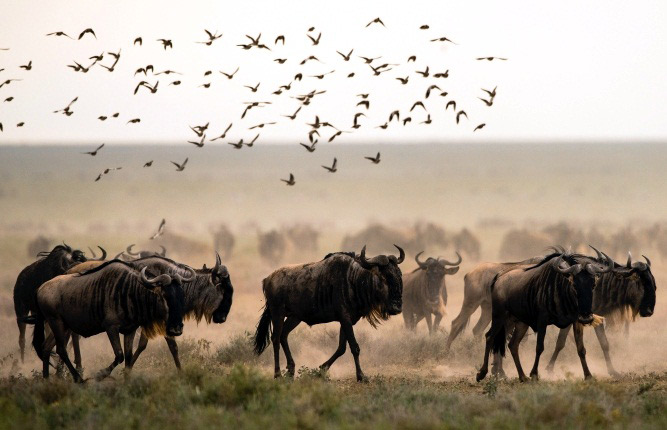
Lorem ipsum dolor sit amet, consectetur adipiscing elit. Ut elit tellus, luctus nec ullamcorper mattis, pulvinar dapibus leo.
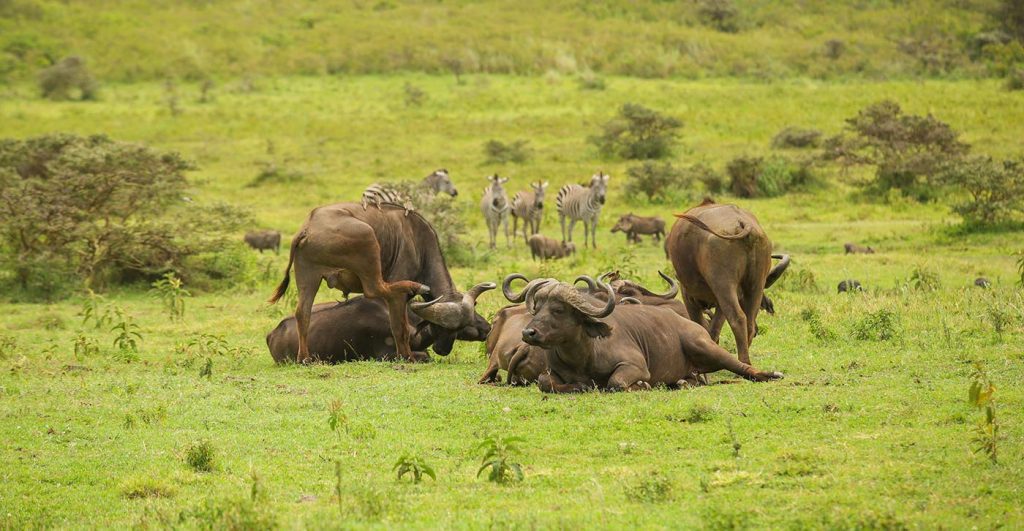
Lorem ipsum dolor sit amet, consectetur adipiscing elit. Ut elit tellus, luctus nec ullamcorper mattis, pulvinar dapibus leo.

Lorem ipsum dolor sit amet, consectetur adipiscing elit. Ut elit tellus, luctus nec ullamcorper mattis, pulvinar dapibus leo.
Explore a range of accommodation options designed to suit various preferences and budgets at this location. From comfortable lodges and tented camps to modern hotels, the area provides convenient access to nearby attractions and activities. Scroll through the carousel to find detailed listings of each property, including amenities and contact information, making it easy to plan your stay.
No results available
Explore Serengeti National Park with these recommended tours
No results available
The best viewing depends on the season. Calving occurs January–March in the south, Grumeti crossings in June, July, and Mara River crossings in August, September. Each stage offers unique experiences.
Serengeti is famous for the Big 5, lions, leopards, rhinos, elephants, and buffalo. You can also commonly see wildebeest, zebras, giraffes, hyenas, cheetahs, jackals, gazelles, and more.
Yes, it is considered safe. Wildlife precautions must be followed, and licensed guides are essential. Crime inside the park is extremely rare, especially within lodges and camps.
Travelers should consult a doctor. Commonly recommended vaccines include yellow fever, typhoid, hepatitis A and B, and tetanus. Malaria prophylaxis is also strongly advised.
Most visitors spend between four and seven days. This allows time to explore multiple regions, follow migration routes, and enjoy both game drives and cultural activities.
Yes, but most lodges require a minimum age of 12. Families should select camps with child-friendly programs and ensure kids follow safety rules closely during game drives.
Explore other optional accommodation to consider at
No results available
Serengeti
Tarangire
(2 Tours)
lake Manyara
(2 Tours)
Ngorongoro Crater
(2 Tours)
Lake Eyasi
(2 Tours)
Lake Natron
(2 Tours)
Serengeti
(2 Tours)
Mount Kilimanjaro
(2 Tours)
Zanzibar
(2 Tours)
Cultural Tours
Wildlife Safaris
Wildebeest Migration
Honeymoon
Beach
Canoeing & Boating
Homestay
Marangu
Machame
Lemosho
Umbwe
Shira
Crater Camp
Northern Cicuit
Rongai
Arusha
(2 Places)
(2 Places)
Tarangire
Karatu
Moshi
Zanzibar
Dar es salaam
Dodoma
Dar es salaam
(2 Places)
Arusha
(2 Places)
Karatu
(2 Places)
Moshi
(2 Places)
Zanzibar
(2 Places)
Mwanza
(2 Places)
Dodoma
(2 Places)
Stone Town
(2 Places)
Copyright © 2025 Tanzania Tour Operators. All rights reserved.